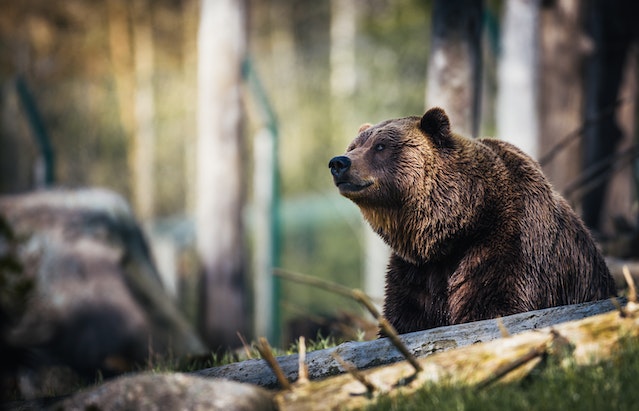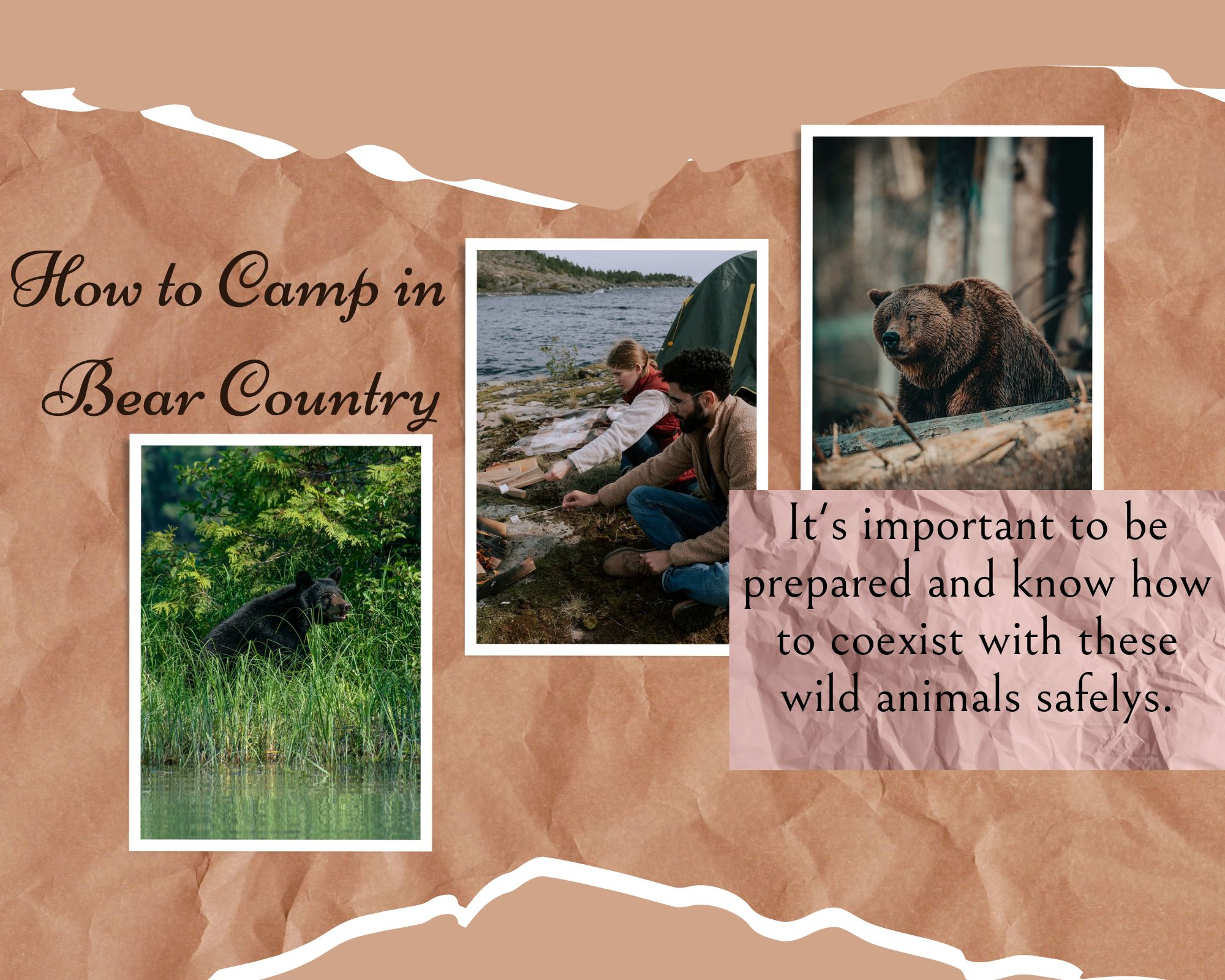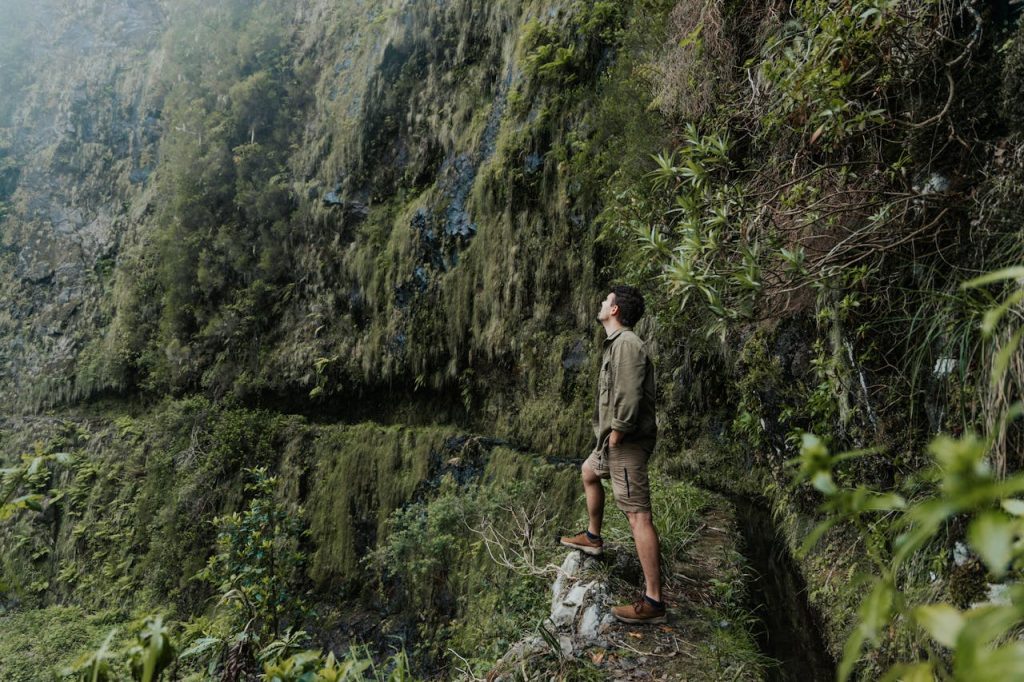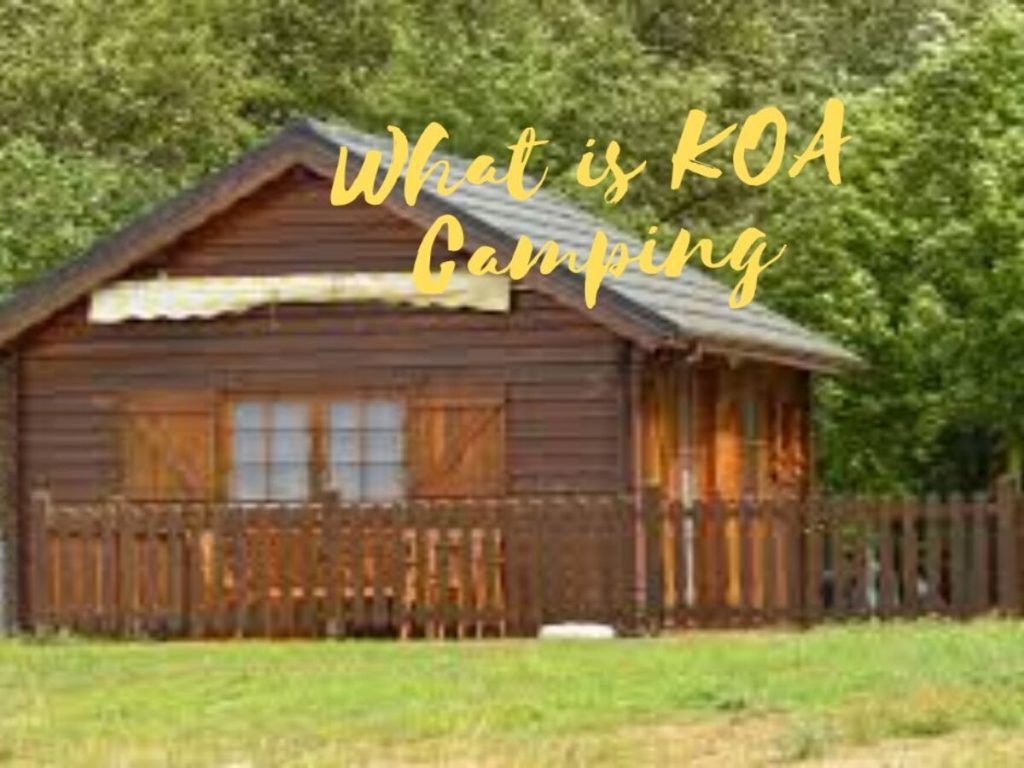If you plan to camp in an area with bears, it’s important to be prepared and know how to safely coexist with these wild animals. This article will discuss some essential tips on how to camp in bear country. By following these guidelines, you can have a safe and enjoyable camping trip while respecting the bears’ natural habitat.
How to Camp in Bear Country
Table of Contents
ToggleFollowing simple guidelines can reduce the risk of a bear encounter and have a safe and enjoyable camping trip.
Plan your campsite
Camping in bear country can be an exciting and rewarding experience, but it also requires a certain level of caution and awareness.
There are a few reasons why it’s important to camp away from bear cover:
- First and foremost, bears are naturally curious animals that investigate strange sights and sounds. If your campsite is too close to a bear’s natural habitat or cover, they may be more likely to wander over to check it out. This can be dangerous for both you and the bear, as bears can be unpredictable and aggressive when they feel threatened.
- When selecting a campsite, consider the availability of water, the distance to other amenities, and other factors. It’s also a good idea to check with local authorities or park rangers to see if there are any specific guidelines or recommendations for camping in bear country.
- Set your campsite in an open space, away from thick vegetation, which can provide bear cover. This might mean finding a campsite in a more open area or farther away from forests, marshes, or other areas where bears live.
- In addition, keep a clean camp and store all food and scented items appropriately. This includes keeping your campsite free of trash and adequately storing food in bear-proof containers or hanging it from a tree.
- Remember, bears are wild animals, and they should be treated with respect and caution. By being mindful of their habitat and avoiding attracting them to your campsite, you can help ensure a safe and memorable camping experience for everyone involved.
Use bear-safe practices

Know the area:
Familiarize yourself with the type of bears that inhabit the area and their behavior. This will help you know how to react in case of an encounter.
Make noise:
Bears tend to be more fearful of humans than humans are of bears. Make noise while hiking to alert bears to your presence and give them time to move away.
Follow proper food storage guidelines:
Once you’ve found a suitable campsite, you can take a few other precautions to help reduce the risk of bears visiting your campsite. These include storing all food, garbage, and scented items in bear-proof containers or a designated food storage area away from your campsite. You should also avoid cooking or eating near your camp, as the smells can attract bears.
Avoid hiking alone:
Hike in groups and stay close together to reduce the risk of a bear encounter.
Stay calm:
Try remaining calm and avoiding direct eye contact if you encounter a bear. Use a calm and reassuring tone when speaking to the bear and slowly move away from it.
Follow the guidelines of the bear safety plan for the area:
Different locations may have their guidelines for how to handle a bear encounter. Familiarize yourself with these guidelines before your trip, and follow them if you encounter a bear.
Know what to do in different bear encounters:
To deter a bear from approaching, make yourself appear larger by raising your arms or holding an object, like a jacket, above your head. If the bear charges you, use your bear spray and follow the manufacturer’s instructions. If the bear makes contact, use your hands and arms to protect your head and neck, and play dead.
Get to a safe place:
It is important to move quickly to a safe location if you encounter a bear. This may be your car, a bear-proof shelter, or a place to get a good view of the bear’s movements.
Don’t Get close for a Photograph.
Another important bear-safe practice is never to approach a bear or other wildlife. While it may be tempting to get close for a photograph or to observe the animal, it’s important to remember that bears are wild animals and can be dangerous if they feel threatened. It’s always best to keep a safe distance and observe from afar.
Types of Bears
When camping in grizzly bear territory, choosing a campsite next to an escape tree can be helpful. While this is not a guarantee of safety, if you can climb up high enough (at least 6-7 meters) out of the bear’s reach, there is a good chance the grizzly will not be able to follow you. It is essential to note that while some brown bears have been known to climb trees up to 15-20 meters, this is not the norm, and it is generally safer to choose a tree that is well out of the bear’s reach.
It is not recommended to use this strategy in black bear territory, as black bears are more skilled at climbing trees and may be able to follow you even if you can ascend to a high branch. Overall, it is important to be aware of your surroundings and use caution when camping in bear country.
Conclusion
Camping in a bear country requires extra precautions and preparation. However, proper planning and adhering to bear safety guidelines can ensure a safe and enjoyable camping trip. Remember to research the area, choose a safe campsite, use bear-safe practices, and be prepared in case of a bear encounter.
By following these guidelines, you can help to reduce the risk of a bear encounter and have a safe and enjoyable trip.
FAQs for How to Camp in Bear Country
What to do if a bear is circling your tent?
If a bear is circling your tent, it is important to remain calm and not panic. Make noise by clapping, shouting, or using an air horn or bear whistle to deter the bear from approaching. Do not exit the tent, as this may further agitate the bear and increase the risk of an attack. If the bear continues to circle or approach the tent, try to make yourself look as large as possible by standing up and holding your arms above your head. Stay in the tent and make noise until the bear leaves the area. If the bear does not leave or becomes aggressive, call for help and use bear spray if you have it.
What scares bears away?
To deter the bear, use loud noises such as shouting, clapping, or banging pots and pans, or consider using a bear whistle or air horn.
Which US state has the most bears?
Determining which US state has the most bears is difficult, as bears’ population size and distribution can vary significantly across different regions. Some states with large bear populations include Alaska, California, Colorado, Florida, Idaho, Maine, Michigan, Minnesota, and Montana. These states have thriving populations of black bears, brown bears, or both. It is important to be bear aware and follow bear safety guidelines no matter where you are camping or hiking in bear country.
What states do not have any bears?
All states in the US have some bear population. However, states in the Midwest, including North and South Dakota, Nebraska, Kansas, Iowa, Illinois, Indiana, Ohio, Oklahoma, central and northern Missouri, and central and eastern Texas, generally have fewer bears than other US states.
Black bears can be found in most states in the US, except for Hawaii, Louisiana, and Mississippi. Brown bears, also known as grizzly bears, are found in Alaska, Montana, Wyoming, Idaho, and a small population in Washington. There are also small populations of polar bears in Alaska. It is important to be aware of bear safety guidelines no matter where you are camping or hiking in bear country.
Stay Safe!
Popular Articles:




